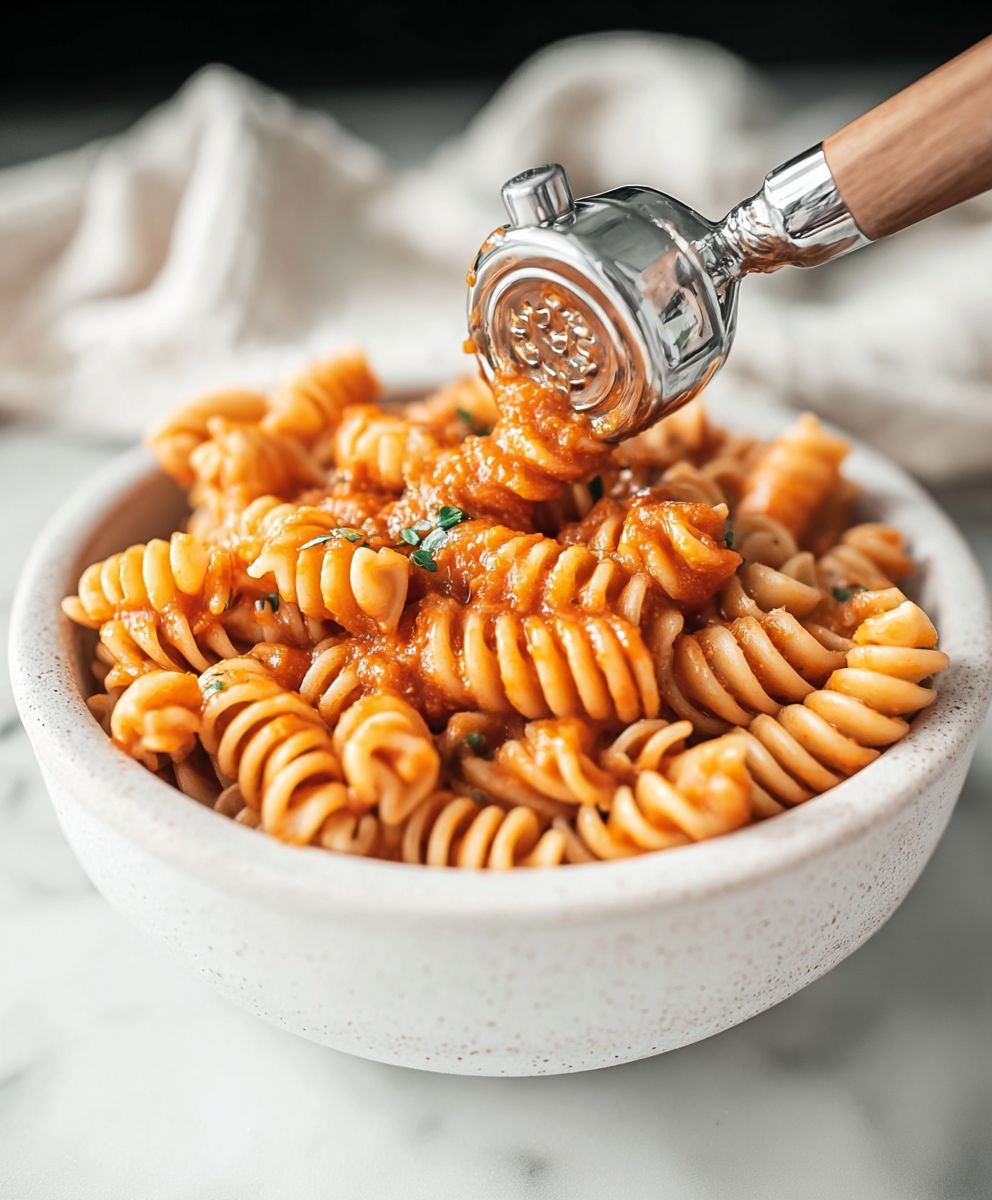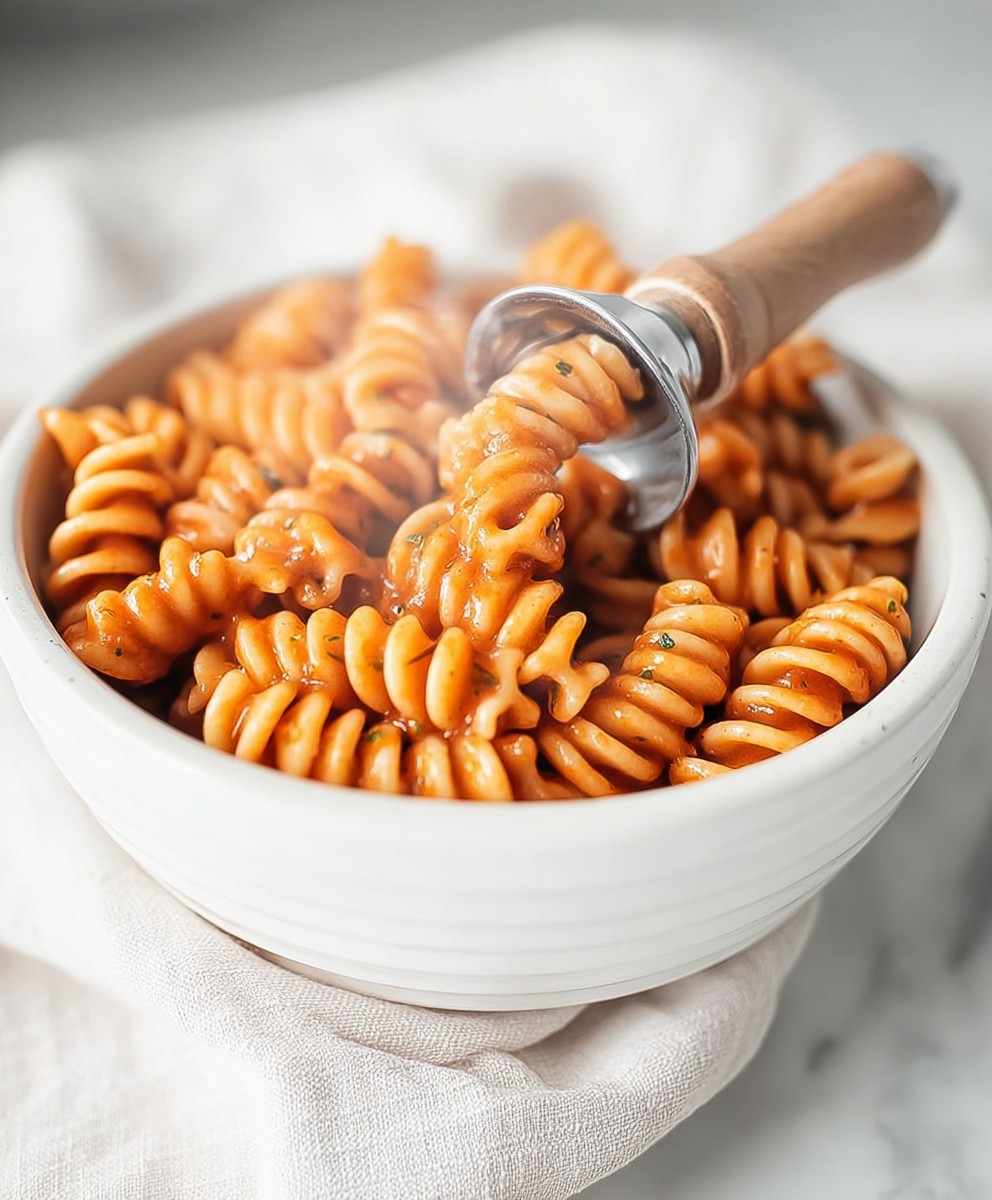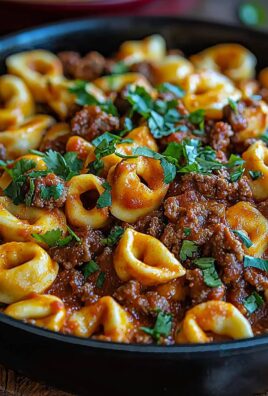Hidden Veggie Pasta Sauce: the ultimate culinary secret weapon for parents (and picky eaters of all ages!). Are you tired of the nightly battle to get your family to eat their vegetables? Do you dream of a world where healthy eating is met with enthusiasm instead of resistance? Then you’ve come to the right place! This recipe isn’t just about sneaking vegetables into a meal; it’s about creating a delicious, vibrant sauce that everyone will genuinely love.
Pasta, in its many forms, has been a staple in Italian cuisine for centuries, evolving from simple, hand-rolled dough to the diverse array of shapes and sizes we enjoy today. While traditional pasta sauces often feature tomatoes, herbs, and meats, the concept of incorporating hidden vegetables is a more modern adaptation, born out of a desire to improve nutritional intake without sacrificing flavor. It’s a testament to the adaptability and ingenuity of home cooks everywhere!
What makes this Hidden Veggie Pasta Sauce so irresistible? It’s the perfect blend of sweetness from carrots, earthiness from mushrooms, and richness from tomatoes, all seamlessly blended into a smooth, velvety sauce that clings beautifully to your favorite pasta. The beauty of this recipe lies in its versatility. You can customize the vegetables to suit your preferences and dietary needs. Plus, it’s incredibly convenient! Make a big batch on the weekend and enjoy healthy, delicious meals throughout the week. Say goodbye to picky eating woes and hello to happy, healthy mealtimes!
Ingredients:
- 1 tablespoon olive oil
- 1 medium onion, finely chopped
- 2 cloves garlic, minced
- 1 red bell pepper, finely diced
- 1 yellow bell pepper, finely diced
- 1 zucchini, finely diced
- 1 carrot, finely grated
- 1 (28 ounce) can crushed tomatoes
- 1 (15 ounce) can tomato sauce
- 1/2 cup vegetable broth
- 1 teaspoon dried oregano
- 1/2 teaspoon dried basil
- 1/4 teaspoon red pepper flakes (optional)
- 1/2 teaspoon salt, or to taste
- 1/4 teaspoon black pepper, or to taste
- 1 tablespoon tomato paste
- 1 teaspoon sugar (optional, to balance acidity)
- 1 pound pasta of your choice (penne, rotini, or farfalle work well)
- Fresh basil leaves, for garnish (optional)
- Grated Parmesan cheese, for serving (optional)
Sautéing the Vegetables
Okay, let’s get started! The first step is to build a flavorful base for our sauce by sautéing the vegetables. This is where the magic happens, and those hidden veggies start to meld together into something truly delicious. Don’t rush this step; allowing the vegetables to soften and release their natural sweetness is key.
- Heat the Olive Oil: In a large pot or Dutch oven, heat the olive oil over medium heat. You want the oil to shimmer, but not smoke. This usually takes about a minute or two.
- Sauté the Onion and Garlic: Add the chopped onion to the pot and cook, stirring occasionally, until softened and translucent. This should take about 5-7 minutes. You want the onion to be soft and sweet, not browned. Then, add the minced garlic and cook for another minute, until fragrant. Be careful not to burn the garlic, as it can become bitter.
- Add the Bell Peppers, Zucchini, and Carrot: Now, add the diced red and yellow bell peppers, diced zucchini, and grated carrot to the pot. Stir well to combine with the onion and garlic. Cook, stirring occasionally, until the vegetables are softened. This will take about 8-10 minutes. The bell peppers should be tender, and the zucchini and carrot should be slightly softened.
Simmering the Sauce
Now that our vegetables are nicely softened, it’s time to add the tomato components and let the sauce simmer. Simmering allows the flavors to meld together and deepen, creating a rich and satisfying sauce. This is where the real transformation happens!
- Add the Tomato Products: Pour in the crushed tomatoes and tomato sauce. Stir in the vegetable broth, dried oregano, dried basil, red pepper flakes (if using), salt, pepper, tomato paste, and sugar (if using). Stir well to combine all the ingredients.
- Bring to a Simmer: Bring the sauce to a gentle simmer over medium heat. Once simmering, reduce the heat to low, cover the pot, and let it simmer for at least 30 minutes, or up to an hour. The longer it simmers, the more the flavors will develop. Stir occasionally to prevent sticking. If the sauce becomes too thick, add a little more vegetable broth.
- Taste and Adjust Seasoning: After simmering, taste the sauce and adjust the seasoning as needed. You may want to add more salt, pepper, oregano, or basil to suit your taste. If the sauce is too acidic, add a pinch more sugar.
Cooking the Pasta
While the sauce is simmering, let’s get the pasta cooking. Make sure to cook the pasta according to the package directions, and don’t forget to salt the pasta water! This is a crucial step for flavorful pasta.
- Boil Water: Bring a large pot of salted water to a rolling boil. Use plenty of water to ensure the pasta cooks evenly. A good rule of thumb is about 6 quarts of water for 1 pound of pasta.
- Cook the Pasta: Add the pasta to the boiling water and cook according to the package directions, until al dente. Al dente means “to the tooth” in Italian, and it refers to pasta that is firm to the bite. This usually takes about 8-10 minutes, depending on the type of pasta.
- Drain the Pasta: Once the pasta is cooked, drain it well in a colander. Do not rinse the pasta unless you are using it in a cold salad.
Combining and Serving
Finally, it’s time to combine the sauce and pasta and serve up this delicious and nutritious meal! There are a couple of ways you can do this, depending on your preference. You can either toss the pasta with the sauce in the pot, or serve the sauce over individual portions of pasta.
- Combine the Pasta and Sauce: Add the drained pasta to the pot with the sauce. Toss well to coat the pasta evenly with the sauce. You can also add a little bit of the pasta water to the sauce to help it cling to the pasta.
- Serve: Serve the pasta immediately. Garnish with fresh basil leaves and grated Parmesan cheese, if desired.
Tips and Variations
Here are a few tips and variations to make this recipe your own:
- Add More Vegetables: Feel free to add other vegetables to the sauce, such as mushrooms, spinach, or kale.
- Use Different Herbs: Experiment with different herbs, such as thyme, rosemary, or parsley.
- Make it Spicy: Add more red pepper flakes or a pinch of cayenne pepper for a spicier sauce.
- Add Protein: Add cooked ground beef, sausage, or chicken to the sauce for a heartier meal.
- Blend the Sauce: For an even smoother sauce, you can use an immersion blender to blend the sauce after it has simmered. Be careful when blending hot liquids.
- Make it Vegan: Omit the Parmesan cheese or use a vegan Parmesan cheese alternative.
- Storage: Leftover sauce can be stored in an airtight container in the refrigerator for up to 3-4 days. Leftover pasta can be stored separately in an airtight container in the refrigerator for up to 3-4 days.
- Freezing: The sauce can also be frozen for up to 2-3 months. Thaw overnight in the refrigerator before reheating.
Enjoy!
I hope you enjoy this recipe for Hidden Veggie Pasta Sauce! It’s a great way to sneak in some extra vegetables into your diet, and it’s a delicious and satisfying meal that the whole family will love. Happy cooking!
Conclusion:
This Hidden Veggie Pasta Sauce isn’t just another pasta sauce recipe; it’s a game-changer for busy weeknights, picky eaters, and anyone looking to sneak in some extra nutrients without sacrificing flavor. I truly believe this will become a staple in your kitchen, and here’s why: it’s incredibly versatile, surprisingly delicious, and ridiculously easy to make. The subtle sweetness from the carrots and the earthy depth from the zucchini blend seamlessly, creating a sauce that even the most discerning palates will enjoy. You won’t believe how much goodness you’re packing into each bite!
Think of all the possibilities! While it’s fantastic tossed with your favorite pasta – penne, spaghetti, rotini, you name it – don’t limit yourself. This sauce is also incredible as a base for homemade pizza, adding a boost of flavor and nutrients to your favorite toppings. You could even use it as a dipping sauce for grilled cheese sandwiches or chicken nuggets for the little ones. For a creamier version, stir in a dollop of ricotta cheese or a splash of heavy cream just before serving. If you’re feeling adventurous, add a pinch of red pepper flakes for a touch of heat, or a handful of fresh basil for a burst of freshness.
And the best part? It’s so adaptable to your own preferences and what you have on hand. Don’t have zucchini? Try yellow squash! Not a fan of carrots? Bell peppers work beautifully too. The key is to finely chop or grate the vegetables so they practically disappear into the sauce. This Hidden Veggie Pasta Sauce is all about making healthy eating accessible and enjoyable for everyone.
I’m confident that once you try this recipe, you’ll be hooked. It’s a simple, satisfying, and secretly nutritious way to enjoy a classic comfort food. I encourage you to give it a try this week. Experiment with different vegetables, add your favorite herbs and spices, and make it your own.
But don’t just take my word for it! I’d love to hear about your experience. Did your kids notice the hidden veggies? What variations did you try? What pasta shape did you pair it with? Share your photos and stories in the comments below. Let’s create a community of veggie-loving pasta enthusiasts! I can’t wait to see what delicious creations you come up with. Happy cooking, and bon appétit! I truly believe this recipe will become a family favorite, and I’m excited for you to discover the magic of Hidden Veggie Pasta Sauce. It’s a win-win for everyone!
Hidden Veggie Pasta Sauce: Sneaky & Delicious Recipe
A flavorful and nutritious pasta sauce packed with hidden vegetables like onions, garlic, bell peppers, zucchini, and carrots. Perfect for sneaking extra veggies into your family's diet!
Ingredients
Instructions
Recipe Notes
- Add More Vegetables: Feel free to add other vegetables to the sauce, such as mushrooms, spinach, or kale.
- Use Different Herbs: Experiment with different herbs, such as thyme, rosemary, or parsley.
- Make it Spicy: Add more red pepper flakes or a pinch of cayenne pepper for a spicier sauce.
- Add Protein: Add cooked ground beef, sausage, or chicken to the sauce for a heartier meal.
- Blend the Sauce: For an even smoother sauce, you can use an immersion blender to blend the sauce after it has simmered. Be careful when blending hot liquids.
- Make it Vegan: Omit the Parmesan cheese or use a vegan Parmesan cheese alternative.
- Storage: Leftover sauce can be stored in an airtight container in the refrigerator for up to 3-4 days. Leftover pasta can be stored separately in an airtight container in the refrigerator for up to 3-4 days.
- Freezing: The sauce can also be frozen for up to 2-3 months. Thaw overnight in the refrigerator before reheating.






Leave a Comment